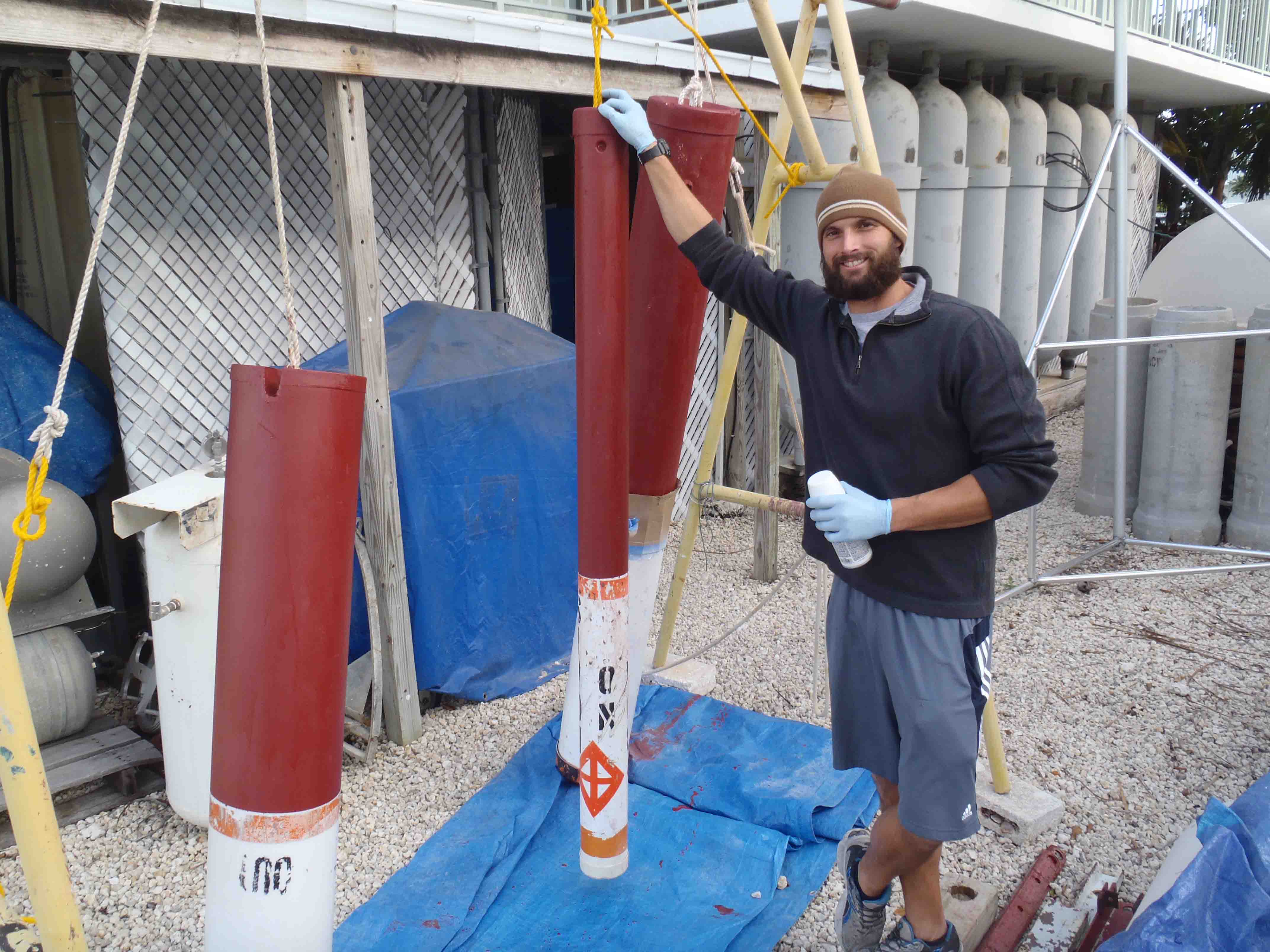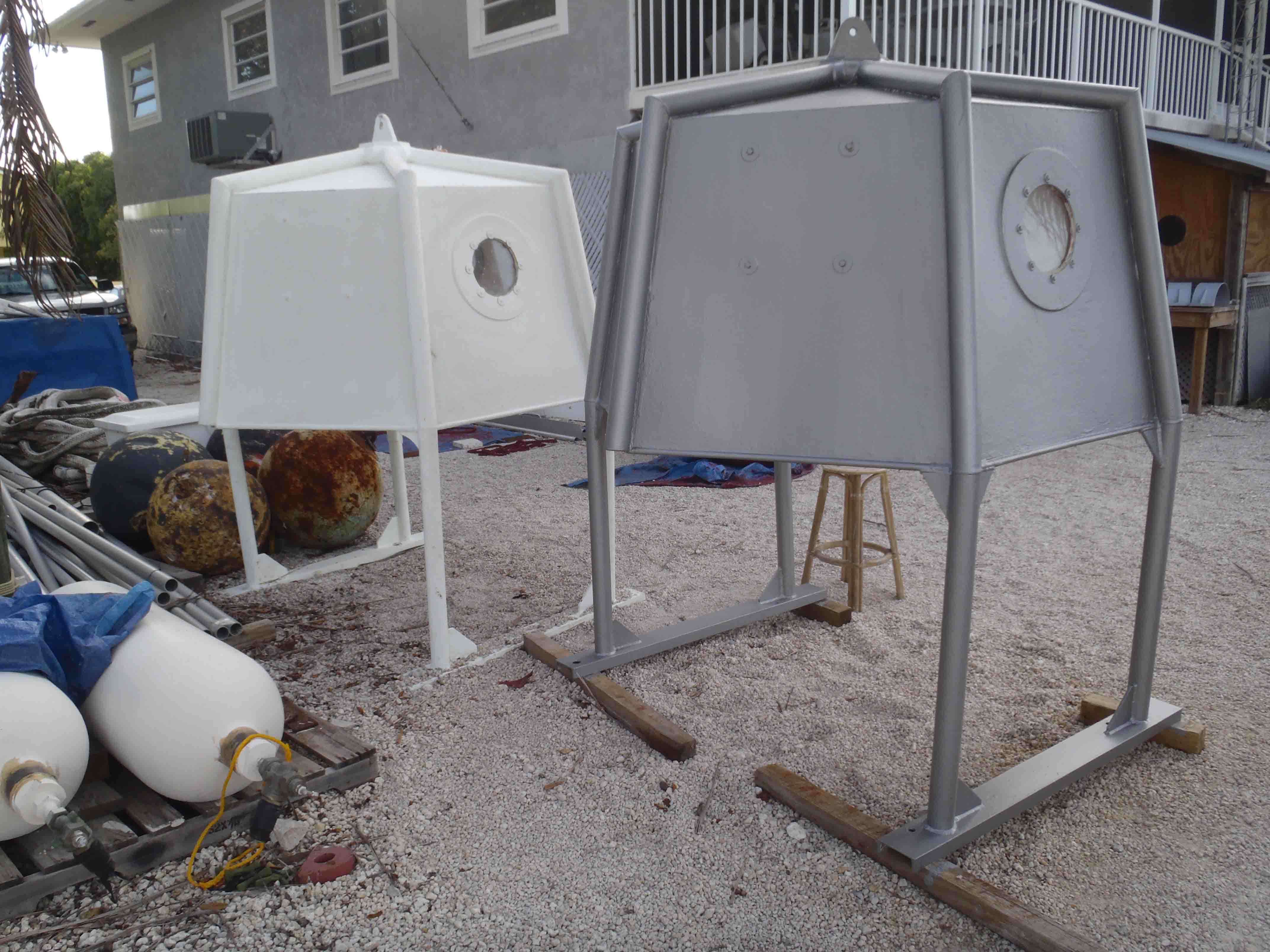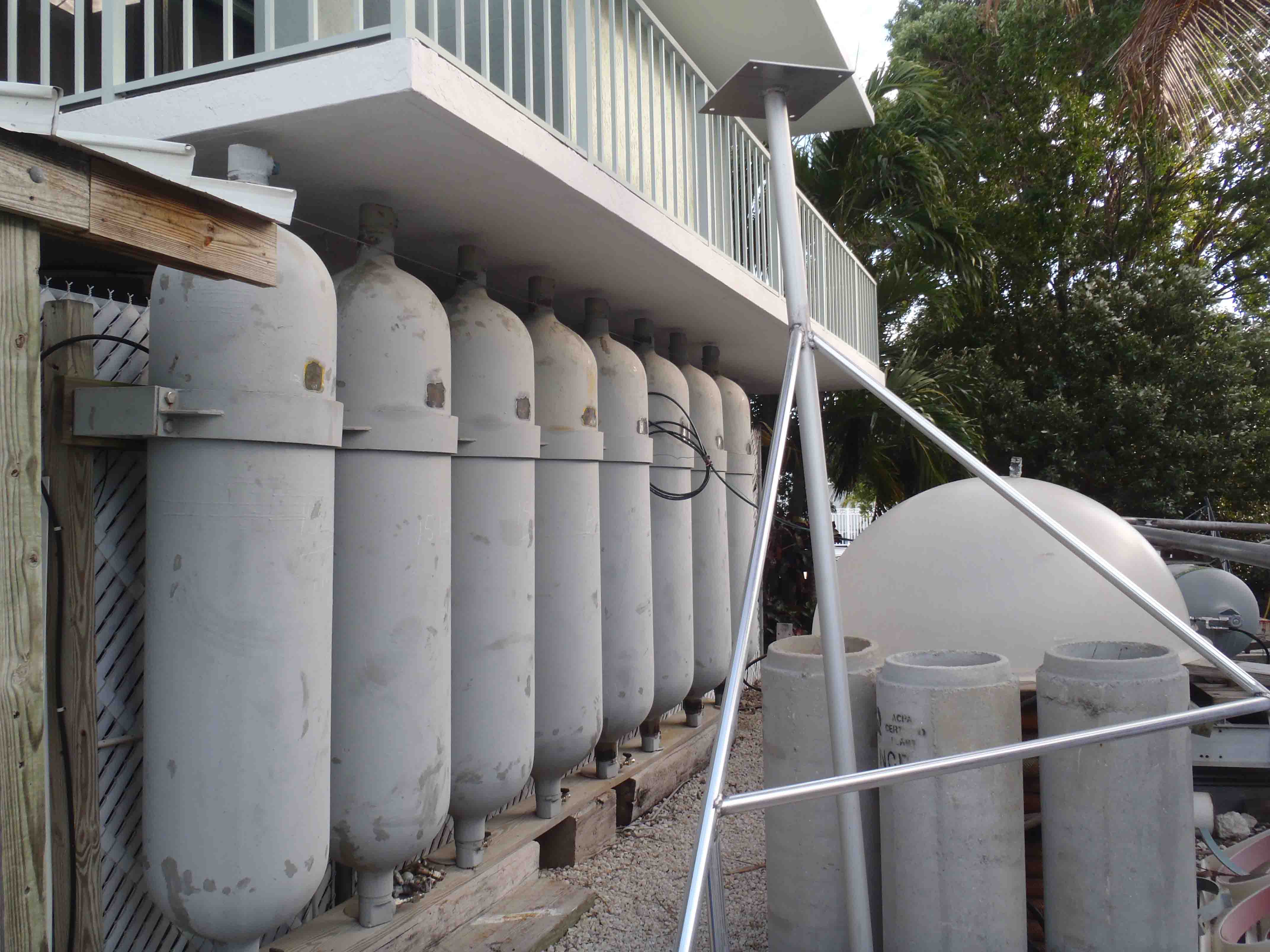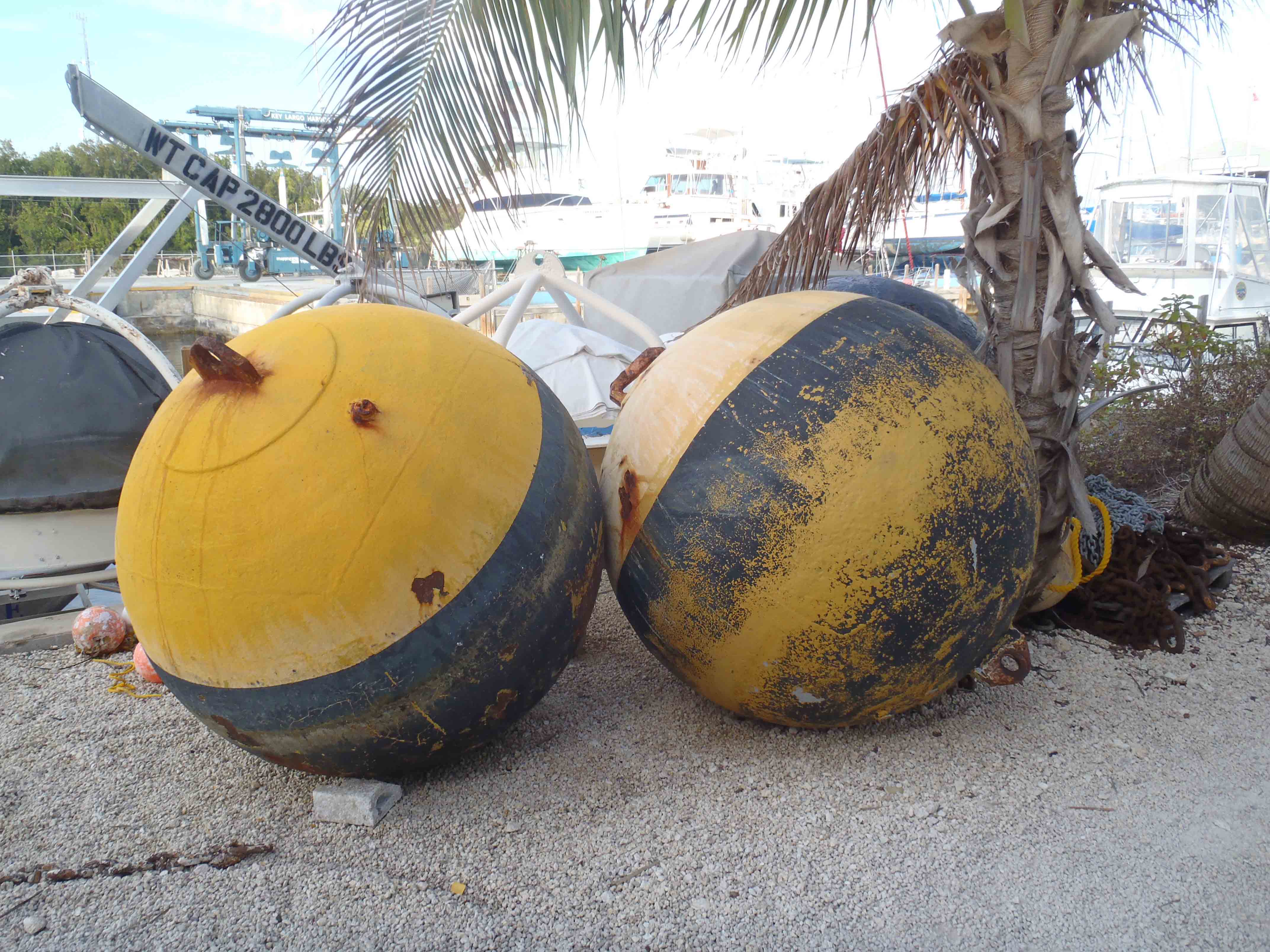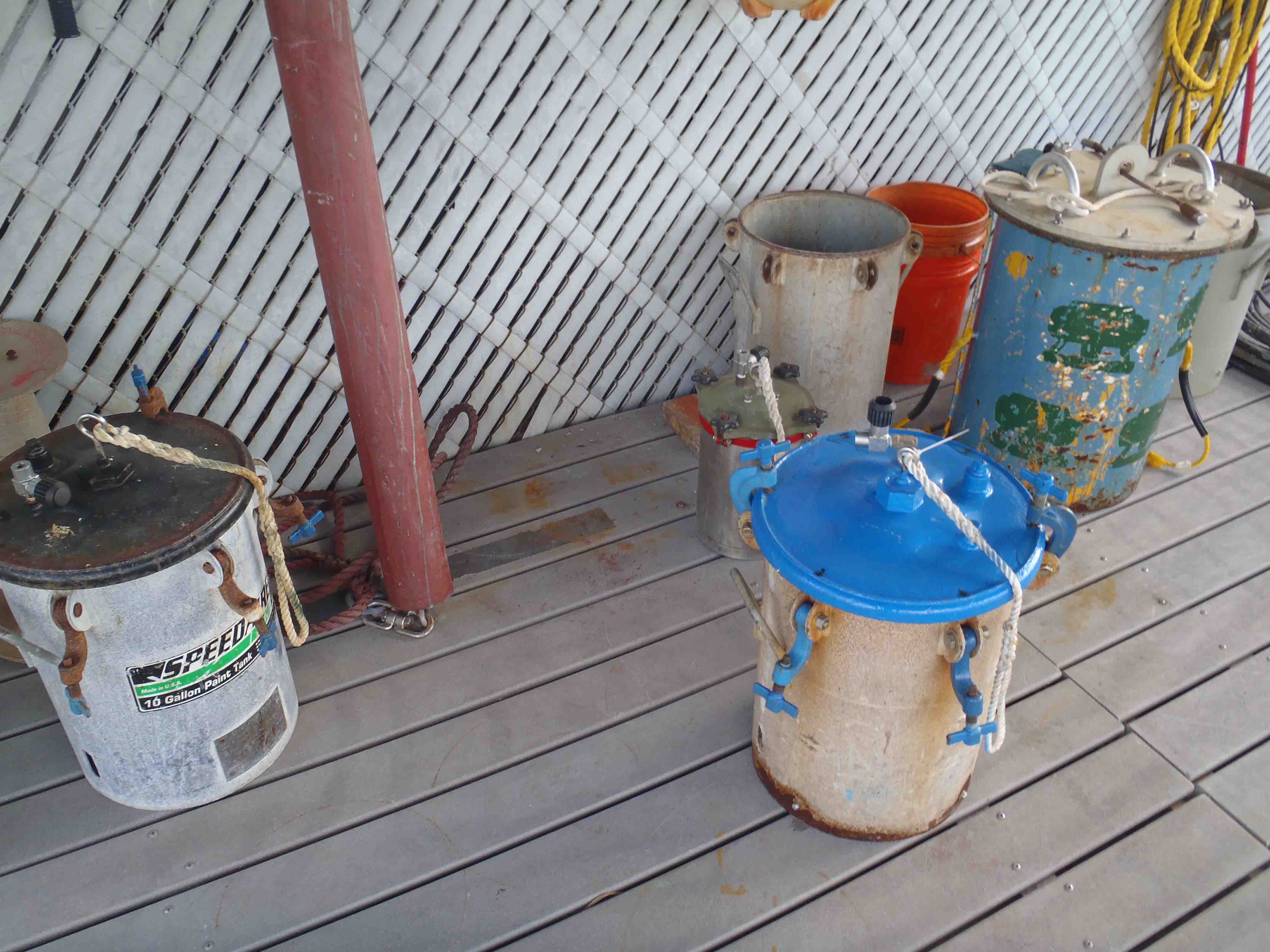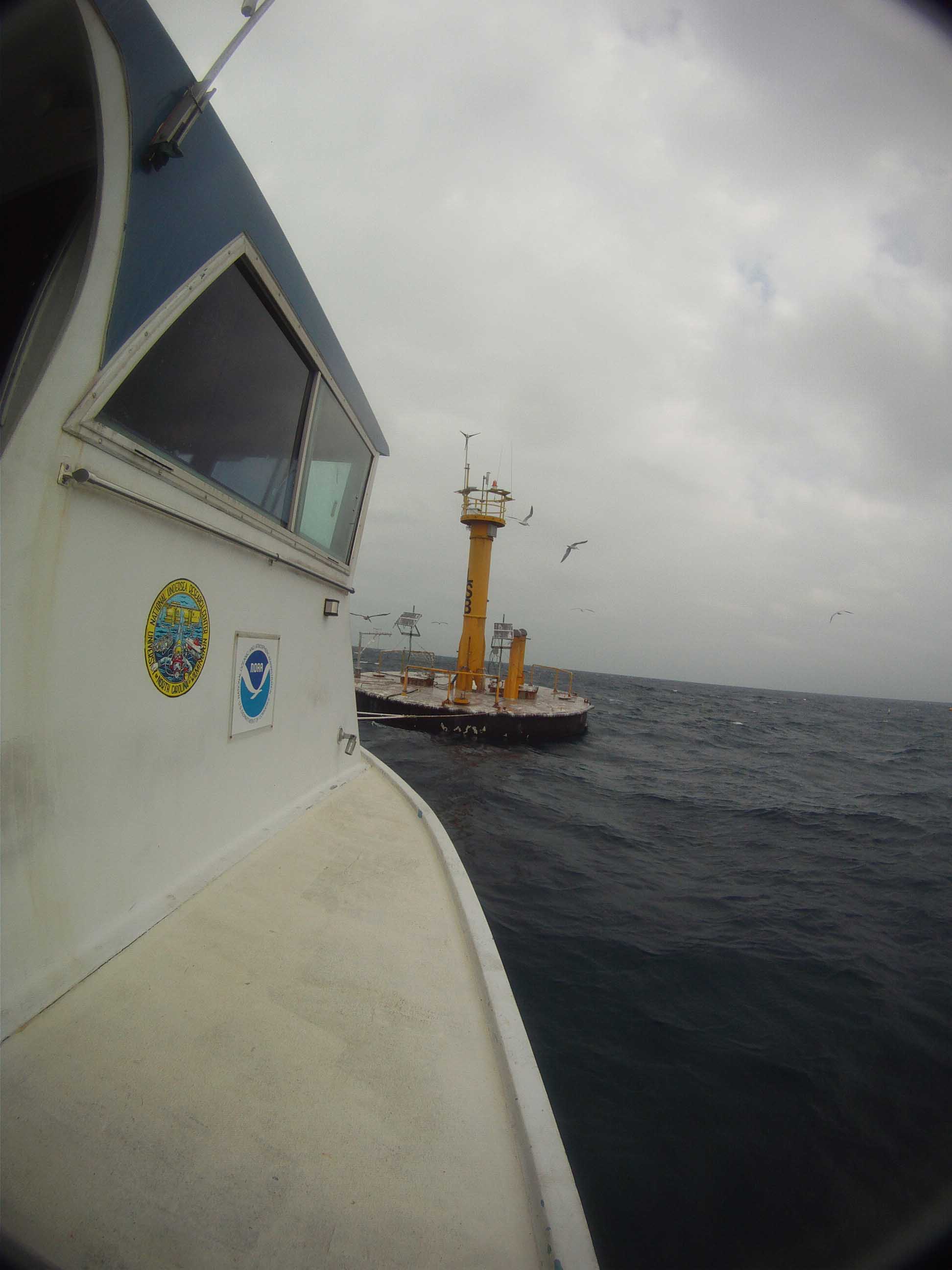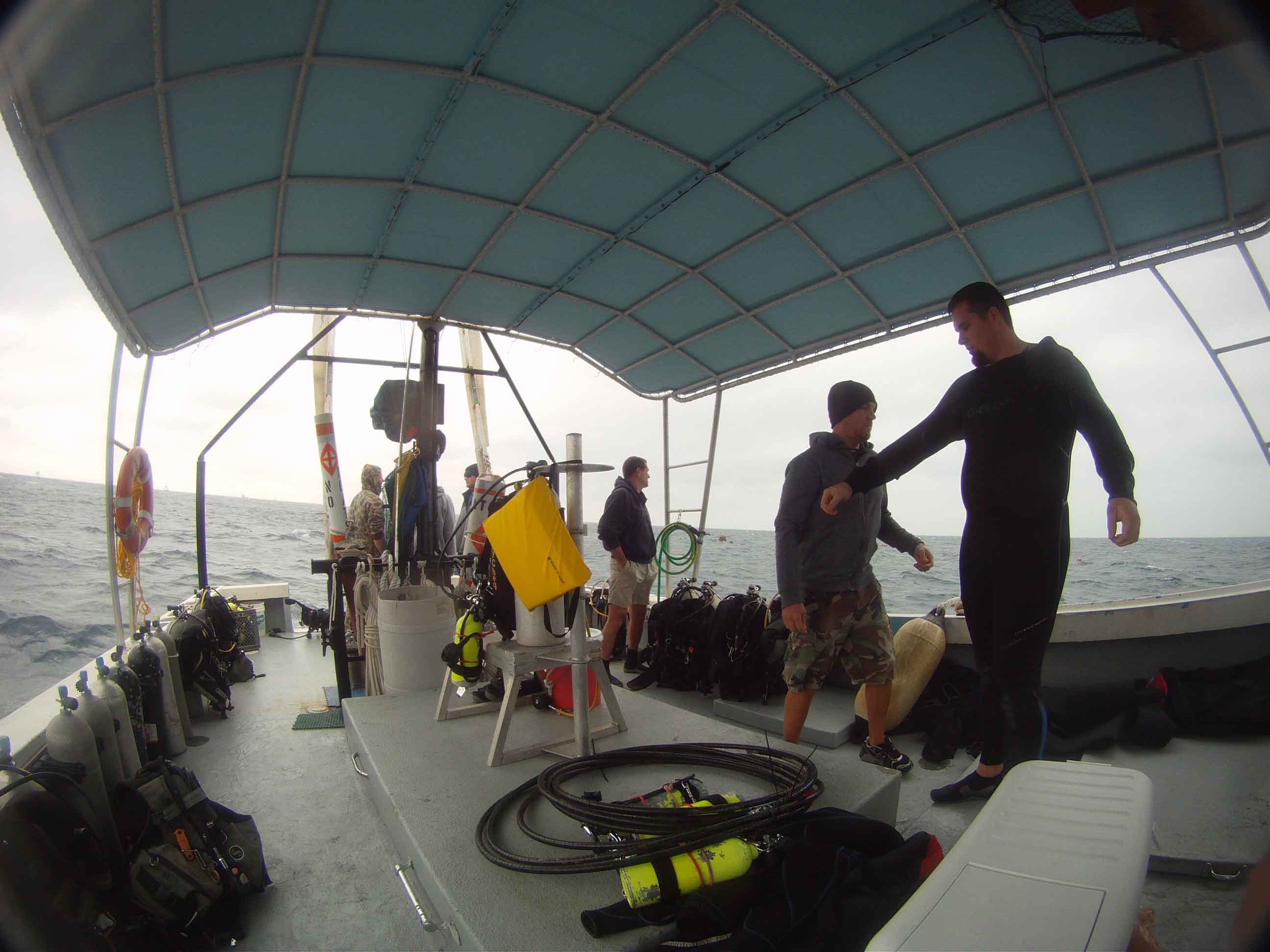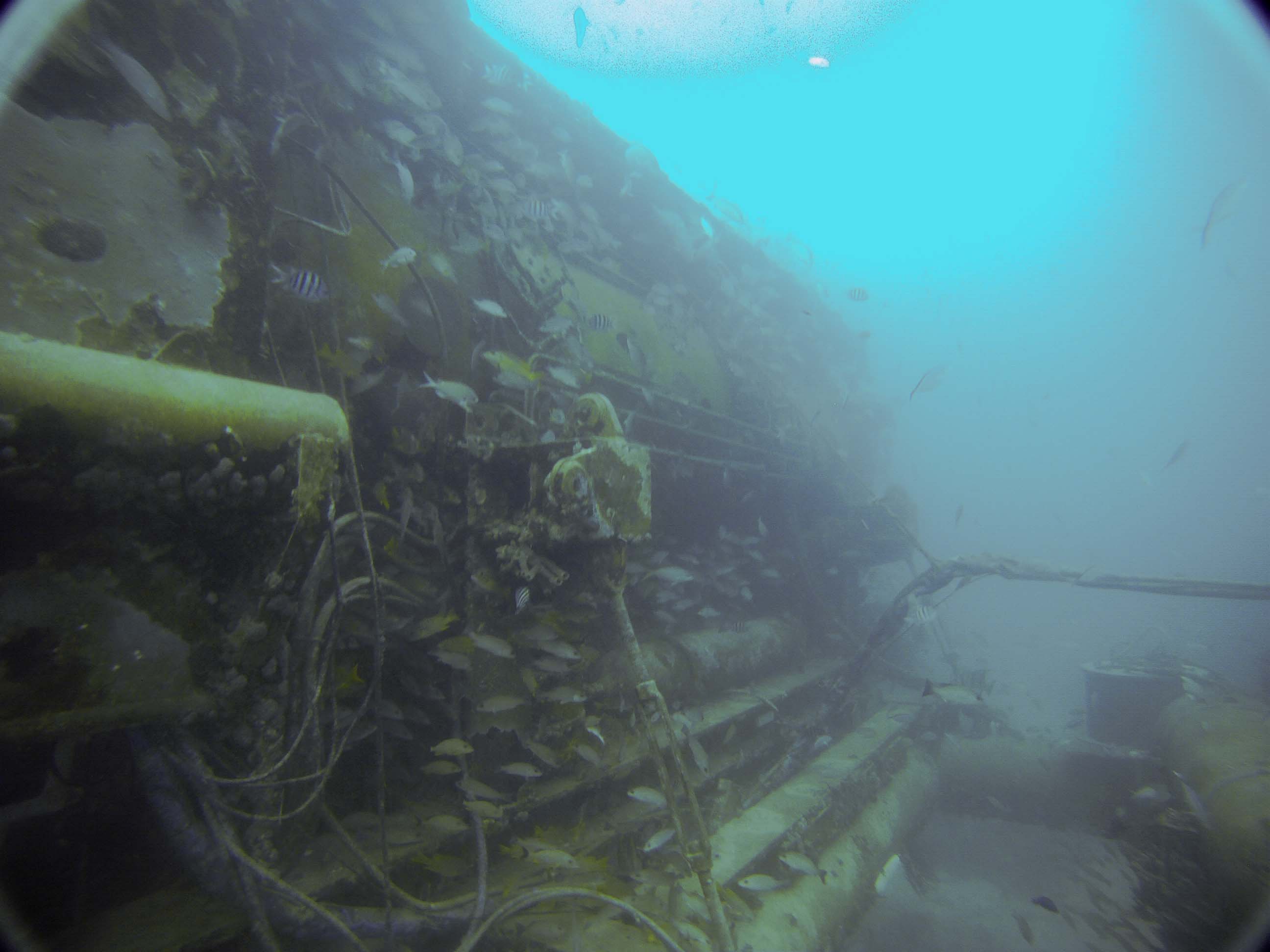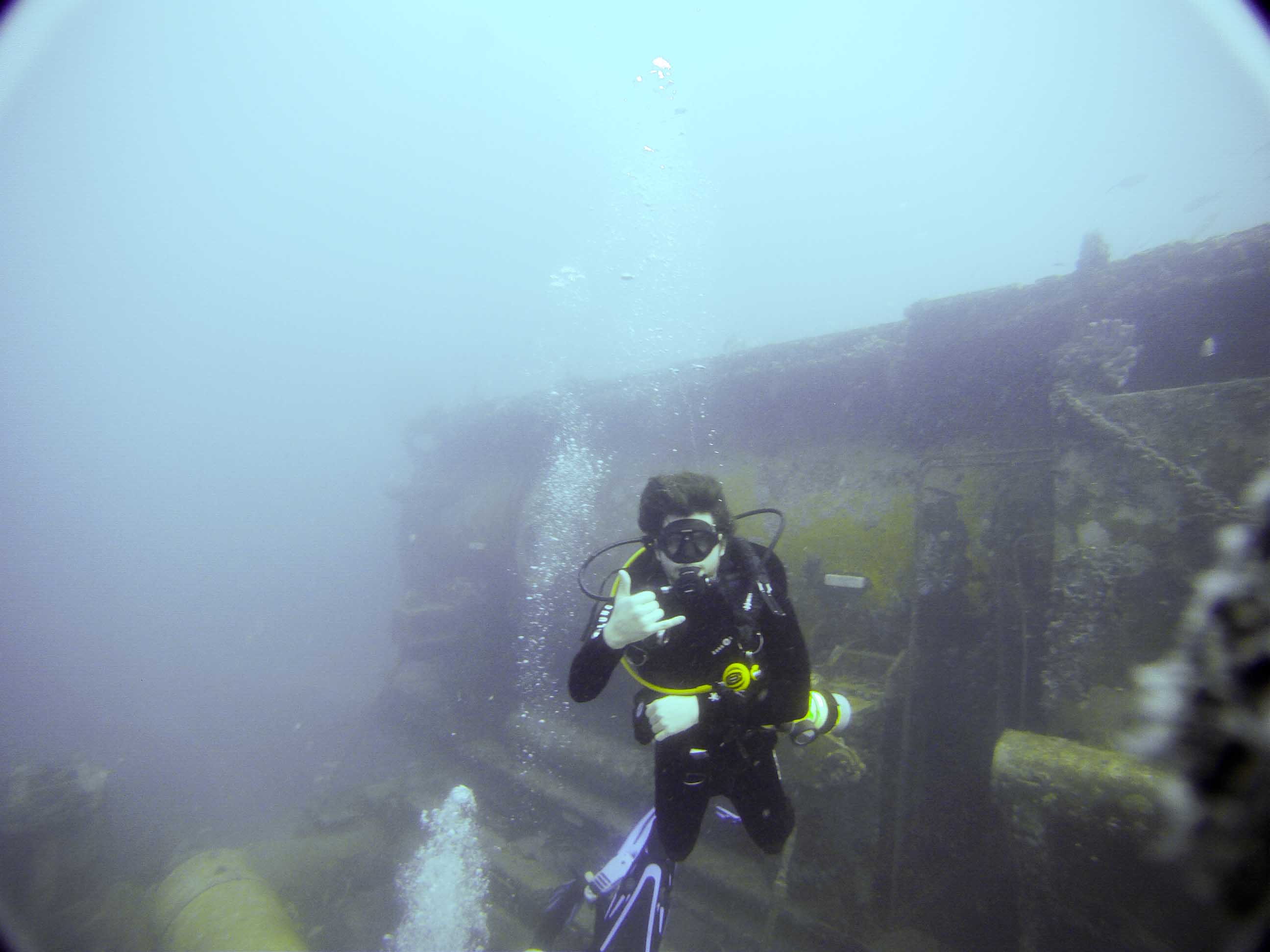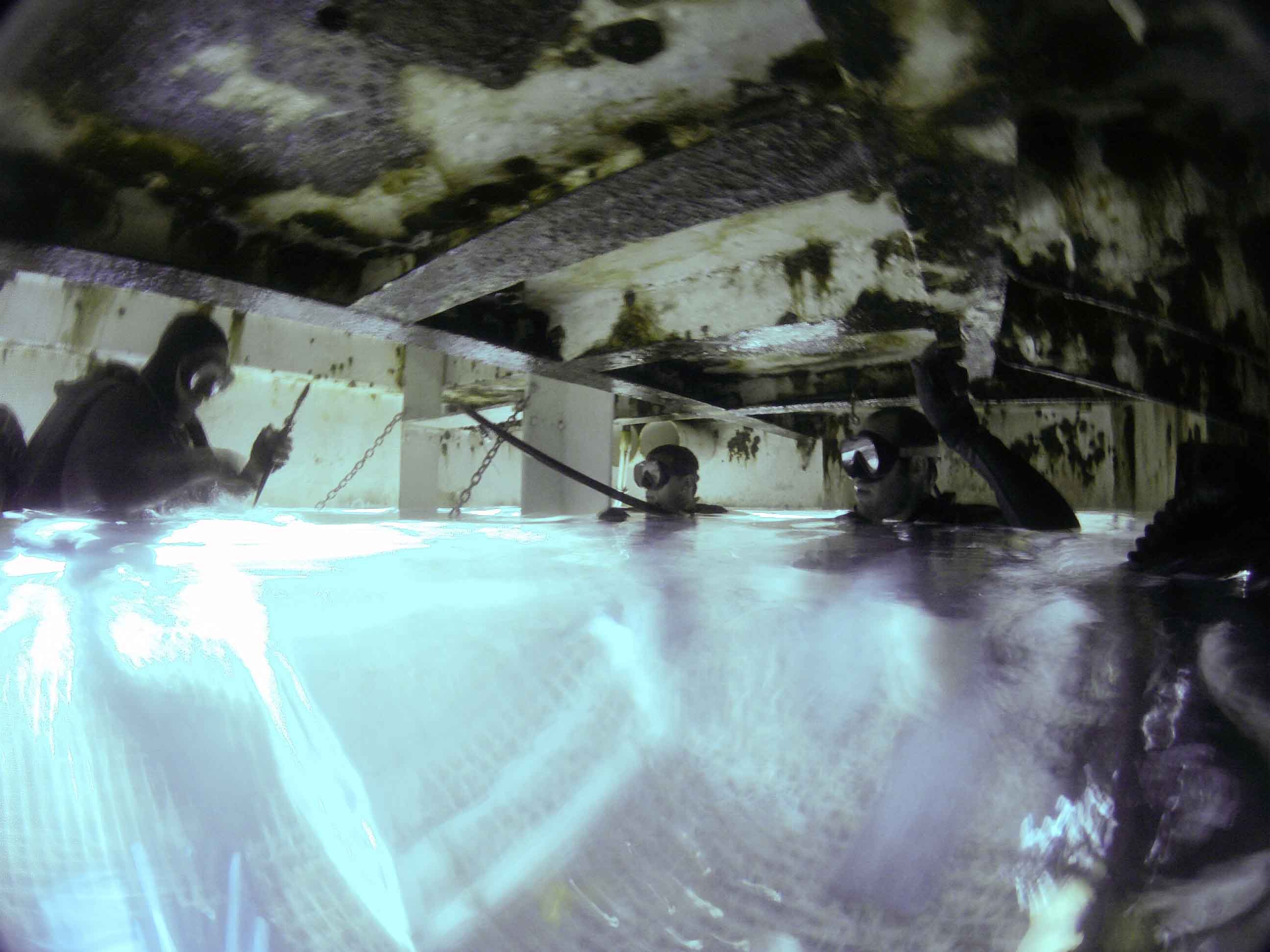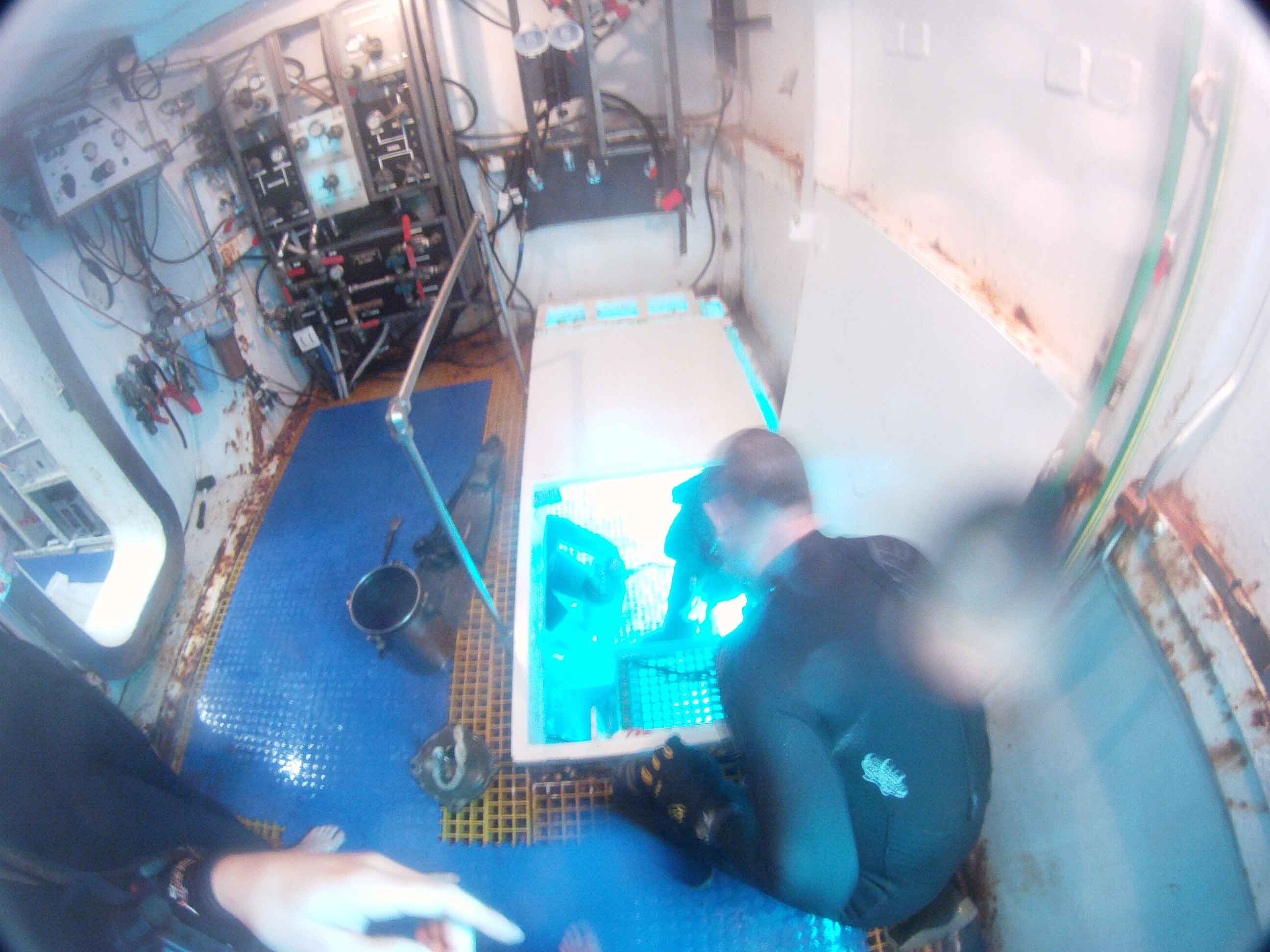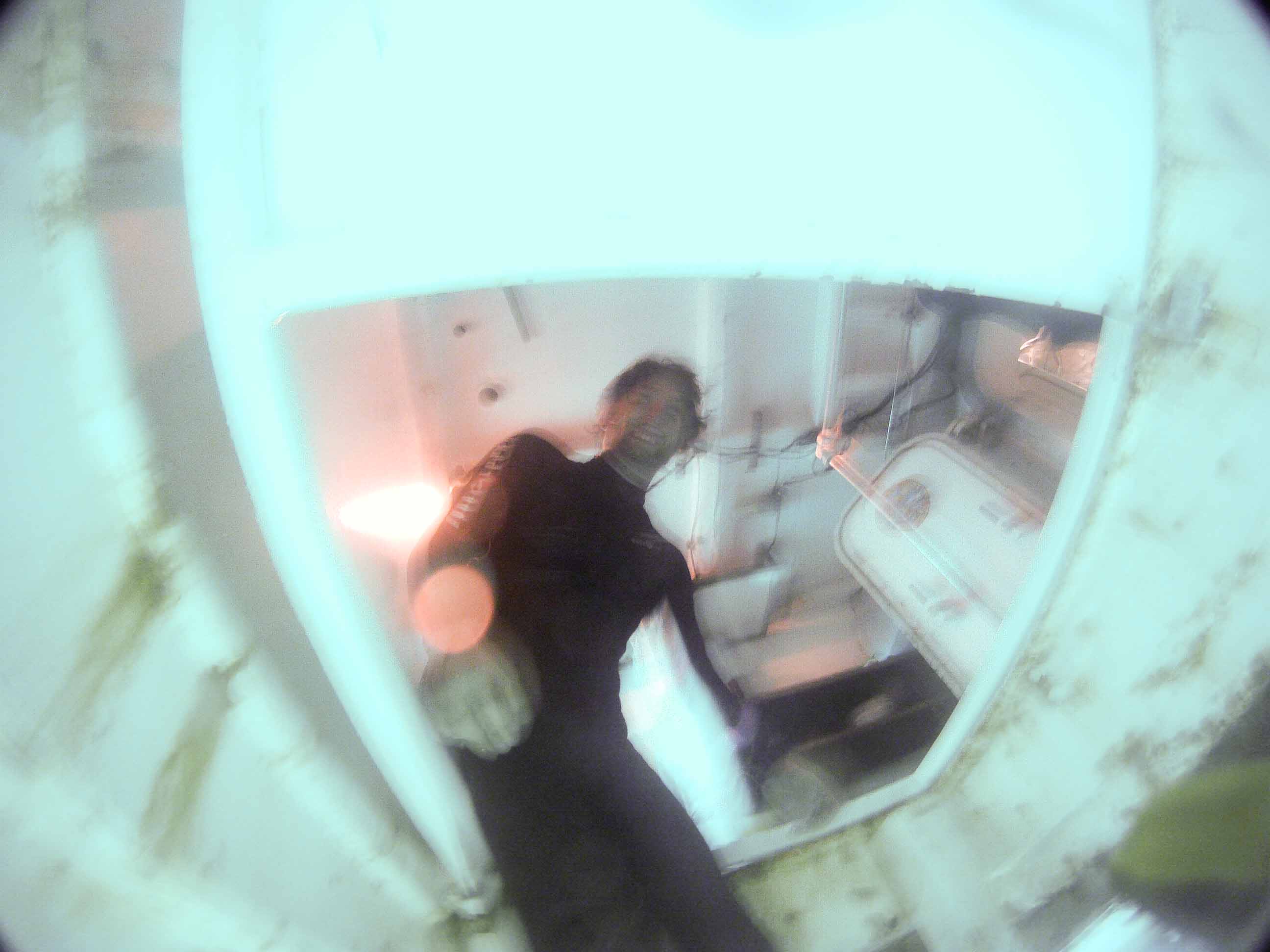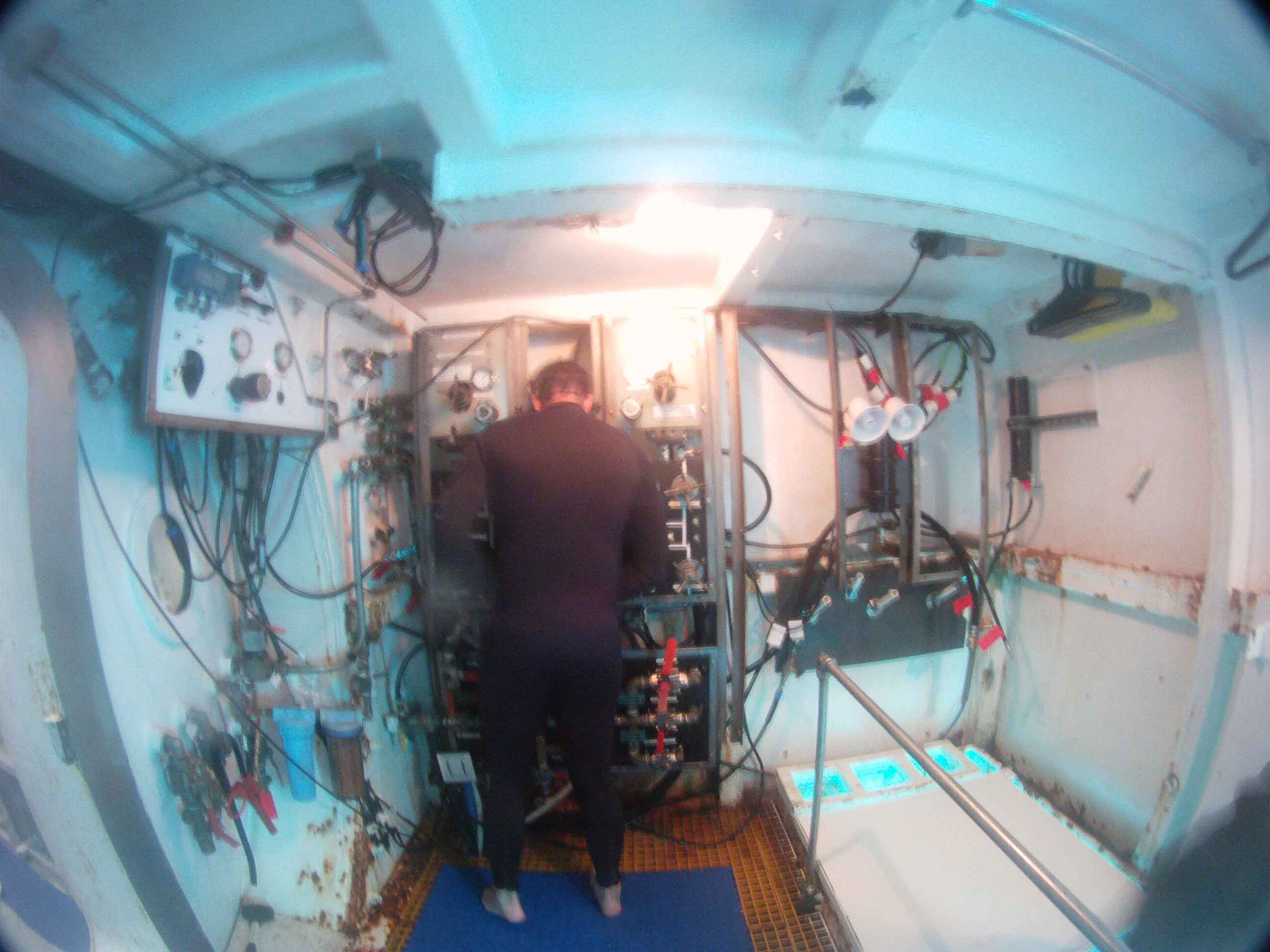Scuba diving allows us to explore a world that is entirely different from our terrestrial, everyday lives. For most of us, this means one-hour forays into a strange habitat, which is entirely inhospitable to human life. For even such a brief visit, complex life-support equipment is required to keep us breathing; as the original novelty of scuba dwindles and we begin to appreciate the vibrant ecosystems that we immerse ourselves in, we often forget that the tank on our back, the regulator in our mouths… every piece of equipment we’re wearing is quite literally keeping us alive.
Many people liken being underwater to being in outer space. A fair comparison, but one of the most significant differences between astronauts and scuba divers is that while we explore a tropical reef, familiar territory is never more than a minute or two away. Millions of dollars are poured into life-support equipment to keep astronauts alive in an environment that is perhaps only slightly more unfamiliar than the ocean, but far more distant from the familiar safety of ‘home.’
Now what if this were not the case? What if, instead of scuba divers, we were Aquanauts? If sea level, although only feet away instead of miles, were just as unreachable as from a space station orbiting the earth? As you may already know, this is not the stuff of science fiction, but a reality that has existed in shallow Caribbean waters for decades now.
About 4 miles offshore from Key Largo, fifty feet below the surface, sits the Aquarius Reef Base, an undersea habitat that facilitates research and subaquatic exploration. Essentially a submerged hyperbaric chamber, the habitat allows six divers to become fully saturated in order to remain underwater for days at a time, conducting research on everything from corals and sponges to fish behavior and feeding strategies.
Saturation diving is very different from our recreational, or even technical, scuba dives. In fact it’s this saturation – when our bodies’ tissues become fully ‘saturated’ with nitrogen gas – that makes the surface, only fifty feet away, essentially unreachable during an Aquarius mission.
When we go on a recreational dive, the amount of time we can stay underwater is restricted by our no-decompression limits, which indicate how long we can stay at depth before we have to make decompression stops on the way up. As we descend on our dive, the increased pressure of the water around us forces the nitrogen in the air we breathe to dissolve into solution, allowing it to enter our tissues. There’s no inherent problem with this, and ‘on-gassing’ does not cause any physiological problems. As we remain at depth, our tissues continue to on-gas until we begin to ascend. As the pressure is reduced on our way to the surface, the nitrogen returns to a gaseous state and recirculates into our bloodstream, where it is eventually brought to the lungs and exhaled. This process of ‘off-gassing’ is where potential problems arise. If the nitrogen bubbles come out of solution and into the bloodstream too quickly (during a rapid ascent, for example), a whole host of problems can ensue, from circulatory blockages to cell damage, resulting in all of the symptoms we’ve learned about in our various diving courses.
If we stay at depth longer or dive deeper, during technical dives, more nitrogen becomes dissolved in our tissues, and we require decompression stops on the way to the surface to allow our tissues sufficient time to vent the nitrogen safely. All of our dive tables are based off of how long it takes different tissues in our body to become saturated with nitrogen, or the point at which they cannot hold any more dissolved gas. For us to return to the surface without making decompression stops (or while making only short decompression stops during technical diving), we must end our dives long before our tissues become saturated, staying within our no-decompression limits, or NDLs.
So, if physiological problems arise only on our way to the surface, why don’t we avid scuba divers simply live underwater? For one, we’re truly limited by the air on our back. We dive with one, or sometimes two tanks of air which, at best, last a couple of hours. Well, we could all be on rebreathers, but then we’re limited by our carbon scrubbers. Even if we went down with an imaginary ‘limitless’ air source, we’d still have to worry about hypothermia – it’s possible to become hypothermic in a hot tub that’s 95 degrees if you’re in it for long enough, so it’s certainly possible to do so in 85 degree Florida waters after not too long. We’d have to come up and dry off at some point, and then we’re back to worrying about decompressing. Then there are the basics, like eating, drinking, and sleeping, and I can’t say I wouldn’t worry about jaw fatigue. Not to mention you might just be downright bored after a while.
So, at this point in our discussion, living underwater seems impractical. Let’s be honest, it is! But for those situations when living underwater for a while would just be really handy, Aquarius is the only place in the world where you can even come close. Nowadays, the Aquarius Reef Base (ARB) is used primarily for research. Your average marine scientist is restricted to the same dive times as the rest of us during his or her scientific dives, which can make studies on marine life extremely difficult in some circumstances. Most marine life does not behave on a predictable schedule, and studying behavioral traits, life-history strategies, and especially conducting controlled experiments underwater all suffer from restricted bottom times. On saturation dives, there are no NDLs! Because saturation divers at ARB are returning to the habitat, which rests in about 45 feet, they don’t have to worry about how the gases in their tissues would behave upon surfacing after long dives. A six-hour dive time limit is in place as a safety measure, but can you imagine the kind of research that could be conducted given six straight hours underwater? On top of that, an additional three-hour dive is permitted after a break, totaling up to 9 hours in the water during each 24-hour period.
Making Aquarius missions happen requires an Everest-sized mountain of logistics, undertaken by about a dozen dedicated technicians who are employed year-round by the University of North Carolina at Wilmington (NOAA owns the Aquarius habitat, UNCW maintains and operates it). Research missions at ARB run from May through November, and annual maintenance on the habitat and everything related to the habitat happens through the winter. At first, this was slightly disappointing – I was afraid that my time here would be less enlightening than if I had come during the summer. In fact, the complete opposite was true. Being here during the maintenance season meant that I got a complete behind-the-scenes look at just what it takes to keep this unique operation up and running. It takes a lot.
I suppose we should start with the basics. There are five boats. Two of these are rugged workboats, one of which is the fast-response boat, which is ready to go at all hours during a mission in case of an emergency. Another boat is the dedicated Research Diver, which carries the researchers that come down for the ARB research missions, and any of the gear, research materials, etc. There’s an on-site boat, which remains above the habitat 24/7 during a mission to monitor the habitat and respond to any minor problems. This boat also provides food and supplies during a mission. And finally, there’s a smaller boat that provides additional support as necessary.
Most of the boats are fully outfitted with 20+ full scuba tanks at all times. Then there are backup tanks, Aquanaut tanks, Nitrox tanks, Nitrox doubles, air doubles, bailout bottles, stage bottles, and oxygen bottles, all of which live on boats or in the ARB headquarters in Key Largo. All-in-all, there are about 300 tanks which have to be visually inspected annually, and hydrostatically tested every five years. There are about half that many regulators. There are regulators for check-out dives, bailout systems, the Aquanaut rigs, the technicians’ gear, and of course fast-response divers have their gear set up on the fast-response boat in case of an emergency. There’s emergency bailout gear in the habitat, and inside each of the submerged gazebos around the habitat (we’ll get to these in a minute). There are probably 100 full sets of gear in all of the same categories. I spent a few days working with Jason Nunn, the ARB equipment tech, getting everything ready for its annual maintenance and starting to repair and service most of the operation’s regulators.
Around headquarters there’s a welding shop, machine shop, equipment repair center, electrical shop, and a room dedicated to surface-supplied and hard-hat diving. They make buoys here, repair all of their own gear, maintain the boats, keep the electronics in the habitat up and running, and all of the other tasks I couldn’t possibly list here that are necessary to make this a safe and efficient operation. Almost all of the crew are Diving Medical Technicians, and there’s a fully operational hyperbaric chamber on-site which can accommodate all six Aquanauts and an oxygen tender in case of an emergency. Many of them are ex-Navy divers, and all of them know volumes more about diving, dive physiology, dive physics and dive medicine than the average bear. And yes, they’ve got a bit of a macho thing going on, but it’s definitely deserved.
Headquarters is nothing short of impressive, but the habitat itself is just absolutely out of this world. I had the opportunity to investigate the habitat during a maintenance dive while the technicians were checking on everything from the air supply to the power supply. We tethered the boat to the Life Support Buoy, or LSB, moored directly above the habitat. The LSB provides AC power to the habitat and has compressors on board that pump air into the submerged flasks (huge, high-pressure air tanks), which supply the habitat with breathing gas. It also has all of the communications equipment that allows the Aquanauts and the two technicians who saturate with them to communicate with the surface and the outside world (yes, you can call home from the habitat. Sorry, Mom – the phones weren’t working on Wednesday).
The habitat itself looks a bit like a submarine with legs. Or perhaps a space ship that didn’t fare too well. Its bright yellow exterior is covered with green and brown algal growth, and unavoidable side effect of being submerged. On the seafloor nearby lay the flasks, which were spewing forth a huge wall of bubbles as they were drained for their annual inspection. We did a lap around the habitat and one of the technicians pointed out a gazebo, an aluminum dome with portholes that is held about six feet off the bottom by four legs. This one was bolted onto the platform within feet of the habitat itself, and is used primarily as a bathroom and as backup life-support in the event of a catastrophic emergency. Luckily it’s only been used as a bathroom so far. The other gazebos are placed 900 feet from the habitat in either direction. These units are used primarily as refill-stations for Aquanauts. Their massive, twin 100-cubic-foot tanks last a long time, but with six-hour dive times they need to pop in and fill up every now and again.
We descended to the platform and ducked under the boxy addition to the habitat – its air-bubble entrance. We put our gear in the racks and climbed up the steps. We were now in the Aquarius’ bathroom, and we had just climbed in through the urinal (I’ll leave you to work out what the adjacent gazebo is for). We took off our wetsuits and had a shower. Ryan grabbed towels and Nate popped open the ‘pot’ he had brought down with him and started eating his lunch while he checked the air pressure and supply to the habitat. A day in the life of an ARB tech. The habitat is about the size of a large college dorm room. Wide-angle lenses do wonders making it look like a huge space. Let’s just say you’d be very good friends with the five other Aquanauts after a week down there.
It was a pretty surreal experience – all of a sudden being inside the aquarium for a change. The big porthole next to the galley shone bright turquoise and reef fish pecked at the bits of algal growth making a home on the window. Wow. Why don’t I have one of these? Probably something about the $10,000-a-day it takes to operate during a mission.
I got a run-down from Ryan on how the habitat operates and what needs to happen to bring divers out of saturation. The habitat not only looks like a recompression chamber, it’s actually a fully functional chamber, as well. At the end of a mission, an oxygen tender dives down to the habitat to monitor the Aquanauts’ decompression. The habitat is sealed off and brought back to surface pressure over an 18-hour period, while the divers remain in bed breathing oxygen. There’s a one-hour holding period to make sure no one displays signs or symptoms of DCS (if they do, the habitat is simply used as a chamber and brought back to depth). Provided everyone looks and feels alright, the habitat is brought quickly back down to ambient pressure at 45 feet, the doors open, and the divers hop in their gear and make a normal ascent to the surface. They’re monitored by diving medical officers for four hours, and kept on DCS watch for an additional eight hours past that before they’re cleared. 48 hours later, they’re free to fly home and get back to their daily lives.
Now I just have to start working on a project to get me down here saturating in a few years’ time…
